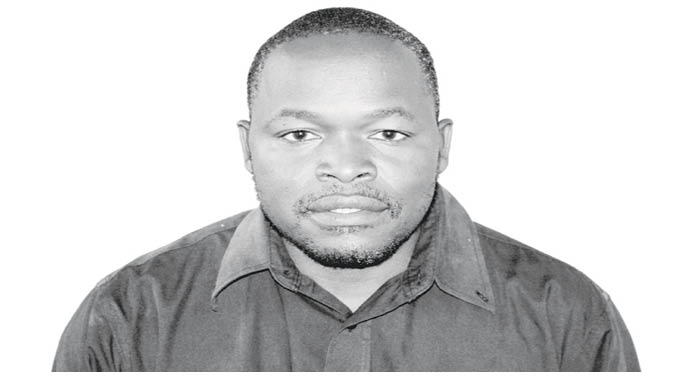STIs spike in Bulawayo

Thandeka Moyo-Ndlovu, Health Reporter
BULAWAYO recorded a total of 10 165 new sexually transmitted infections (STIs) in 2019 with reports indicating that 12 percent of those cases tested HIV positive.
STIs include HIV, chancroid, syphilis, gonorrhea, chlamydia and herpes.
The city has one of the highest HIV prevalence rates in Zimbabwe at number five with 15,06 percent. Matabeleland South has the highest prevalence at 19,43 percent followed by Matabeleland North at 17, 37 percent.
Despite measures by the Government to distribute female and male condoms which are scientifically proven to reduce the contraction of STIs by 99 percent, the new cases increased with each quarter last year.
According to the fourth quarter Bulawayo report from the National Aids Council (NAC), women constitute 55 percent of the total new STIs.
“The province continued to record above 2000 new STI cases per quarter. Testing for HIV among STI clients declined from 1912 in the second quarter to 1616 in the 4th quarter. HIV positivity also declined from 15 percent in the 1st quarter to 10 percent in the fourth quarter,” read the report.
“In the first quarter, 2 325 new STIs were reported and the number rose to 2 615 in the second quarter. The number also increased in the third quarter to 2 743 and then dropped to 2 4 82 in the last quarter.”
Data presented also indicated that the highest number of new HIV cases and positivity were recorded among females.
“Most new STI cases were recorded among females aged 25-49 years followed by females aged 20-24 years. There is therefore need for implementing organisations to do more prevention programmes to ensure there is a decline in new cases,” read the report.
According to NAC, the province recorded an increase in the number of both the male and the female condoms distributed in the fourth quarter of 2019 than in the same period in 2018.
“The province continues to distribute more male than female condoms. A total of 636 959 male condoms and 72 685 female condoms were distributed during the last quarter.”
Zimbabwe’s HIV prevalence rate stands at 13,7 percent and is working towards ending HIV and Aids by 2030.
The Ministry of Health and Child Care recently said the low uptake of female condoms exposes women to STIs and even unwanted pregnancies.
According to the Ministry, condom use remains low in key populations which include adolescent girls, sex workers, prisoners and men who have sex with other men.
Meanwhile, AVERT, an international organisation on Aids statistics has warned that people living with HIV not on treatment or virally suppressed may be at a greater risk of Covid-19.
In the wake of People living with HIV and on effective antiretroviral treatment (ART) are currently not at an increased risk of getting coronavirus, or developing severe symptoms.
“As with the general population, older people living with HIV and those with other underlying health conditions should take extra precautions to prevent illness. Speak to a healthcare professional for more information on how to stay healthy,” read a statement from AVERT.
“Infected people should try to have at least a 30 days’ supply of ART in your home and if possible, ask for three months supply.” — @thamamoe












Comments